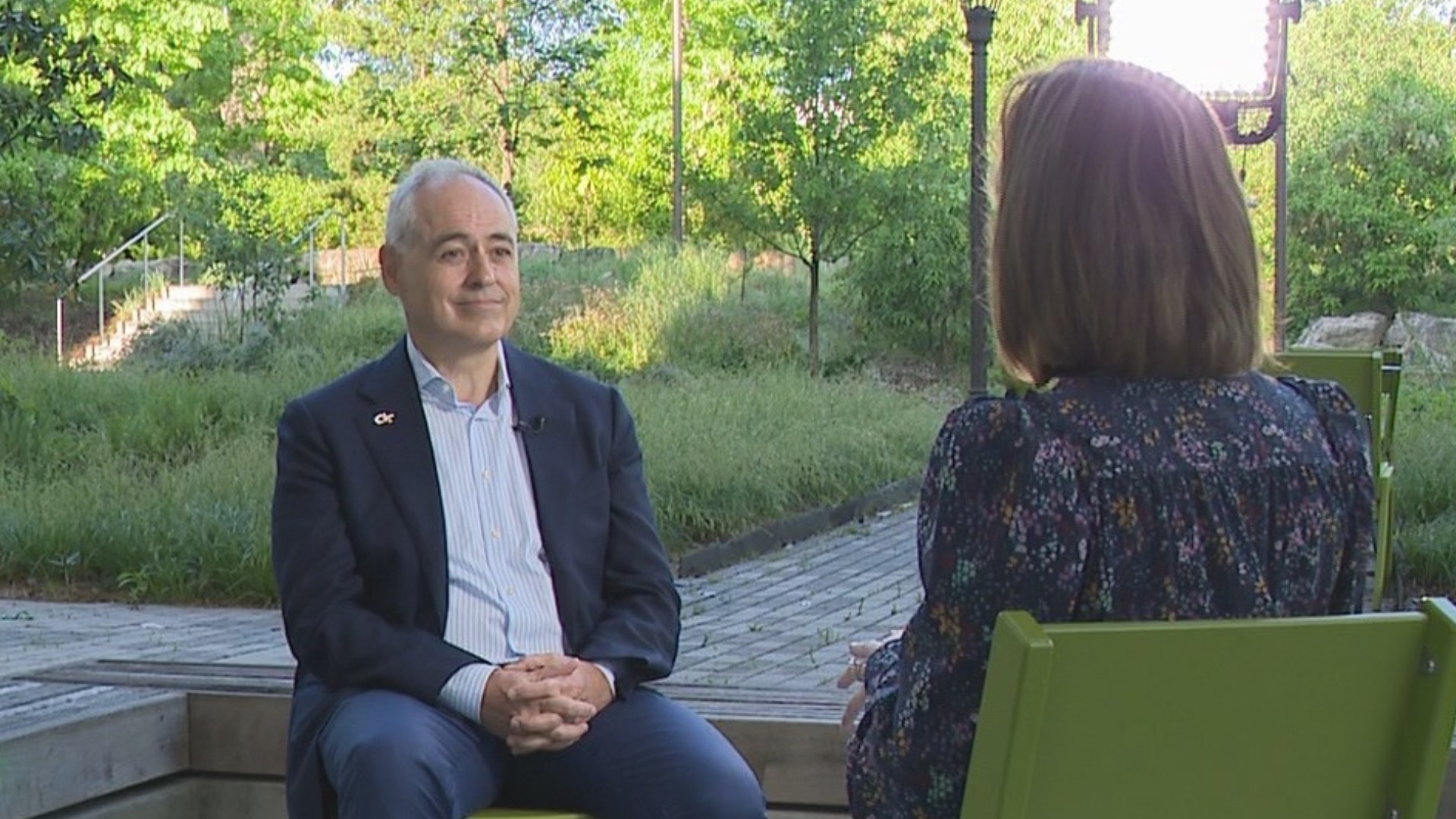ATLANTA — Georgia Tech is considering some changes on campus in an effort to mitigate the effects of climate change.
The school has been at the forefront of sustainability since the 90s, and this month, Georgia Tech released its Climate Action Plan, a framework that will help the school become more sustainable in the decades to come.
"Being a Yellow Jacket has always meant to be a creative problem solver," Georgia Tech President Angel Cabrera said, describing someone who is "dedicated to progress and service, looking at new solutions, and creative technologies that can help us live a better life in a better world."
The plan focuses on eight areas or strategies: building energy, renewables and offsets, mobility, materials management, water management, education, climate research and policy, and carbon sequestration.
From developing cisterns to collect rain and storm runoff, which will later be used for toilets and irrigation, to becoming a zero-waste campus by 2050, the school is setting some big goals to make critical changes.
Some of the plans are already being tested through the Kendra Building, the state's first building, which was deemed "living certified."
"This building produces more energy than it consumes through a canopy of solar panels. It collects rainwater. It processes its own water," Cabrera described.
It is the first building in Georgia and only the 28th in the world to earn Living Building Challenge (LBC) certification.
Tech is also looking to curb Atlanta's "urban heat island effect" by installing its new EcoCommons in areas once home to heat-absorbing asphalt.
The campus of Georgia Tech sits in Midtown, in the center of Atlanta. The city faces many challenges in a warmer world. The hottest days are getting hotter. Floods become a greater threat as a warmer atmosphere can hold more water vapor. And consistently during summer, parts of our city are disproportionately hotter than other parts due to the Urban Heat Island Effect.
Cabrera noted that Georgia Tech has been able to bring back plants, trees, bushes, and grasses that are original to the Piedmont forest.
"We're now seeing insects; we're seeing birds that have not been seen on campus for years," he added.
Leaders are also involved in developing Georgia's first climate action plan with the help of funding available from the Inflation Reduction Act. Cabrera hopes the framework that's been laid out on the school's campus can be implemented at a larger scale.
"We're becoming one of the world's hubs in manufacturing electric vehicles. We have some of the biggest leading manufacturers of solar panels in our state. So, again, not only are we making contributions to a cleaner, healthier planet, but we're creating jobs and opportunities and economic growth," Cabrera concluded.
He stressed that he and his colleagues are careful stewards of the institute's annual tax-dollar funding. He said they understand investments such as those mentioned above can come with more upfront costs but noted that they become much more cost-effective in the long run.


